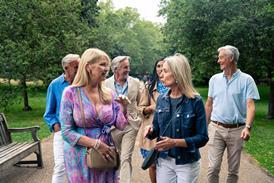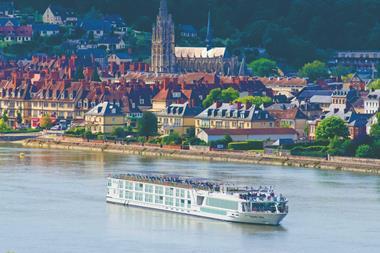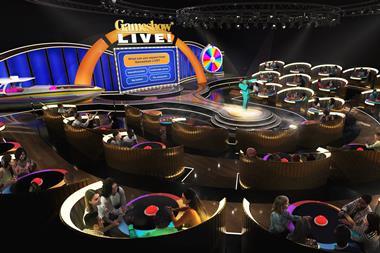Two sisters have unveiled their childhood home at Beamish, The Living Museum of the North as part of the attraction’s 1950s town.
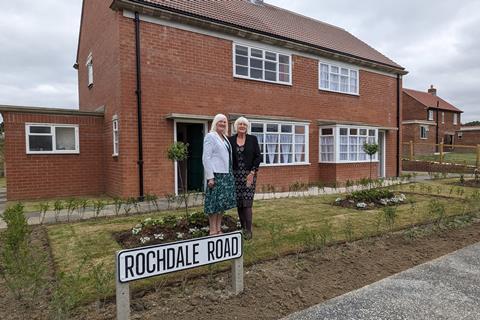
Linda Gilmore and Brenda O’Neill’s childhood home won a public vote to be recreated at the museum in County Durham after being nominated on behalf of their mother Esther Gibbon.
The sisters worked directly with the museum to recreate the semi-detached house they grew up in on Rochdale Road in Sunderland.
Also recently opened are a pair of police houses and office, replicated from Leam Lane in Gateshead, and a bowling green and pavilion from John Whitehead Park in Billingham.
Linda, who was born in the house in 1958, said that it was “very emotional” seeing the house for the first time, and added that it “brought back so many memories.”
She said: “I was born into a very happy family and to actually be able to have this house rebuilt and the history of our family kept alive forever – it was a very emotional moment for me.”
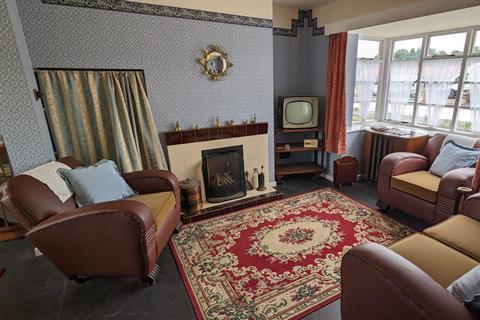
Her sister Brenda added: “It’s such a massive privilege. My mum absolutely loved this house, it was like somebody gave her the best thing ever in her life.
“That’s just so important for me, that my mum will be remembered for who she was and the kind of life she had and it was a happy place and that’s wonderful.”
Beamish worked closely with Esther and her daughters Linda and Brenda, gathering memories of their time living in the house. Sadly, Esther died in December 2019 but the museum continued to work with her daughters.
Group highlights on a visit to Beamish
Visitors can take a tram ride back in time and be immersed in real, living history as they discover what life was like in the 1820s, early 1900s, 1940s and 1950s. Groups can enjoy:
- Discounted day admission for pre-booked groups of 15 or more paying visitors.
- Free admission for coach driver and group organiser.
- Free coach parking.
- Free access to special daytime events throughout the year.
- Coach driver hospitality.
More highlights in the 1950s town
Two police houses and their associated office, from Leam Lane in Gateshead, have been replicated to tell the story of 1950s policing and the lives of officers and their families.
Museum staff worked with Councillor John Shuttleworth who, as the son of a police officer, grew up in one of the police houses replicated by the museum. The team also worked closely with the North East Police History Society (NEPHS).
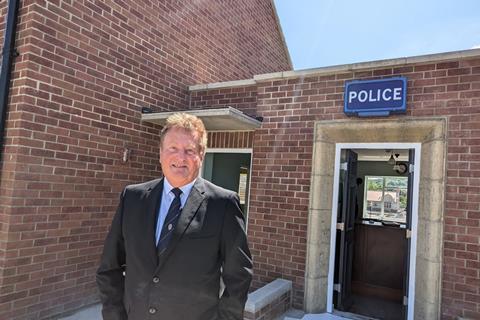
The bowling green and pavilion, which have been replicated from John Whitehead Park in Billingham, gives visitors the chance to try this popular 1950s sport.
The John Whitehead Park Bowling Club was built in the early 1950s by Billingham Urban District Council. A men’s club formed in 1953, followed two years later by a women’s club, and the teams later merged to become Billingham Bowling Club, which is still in existence.
“It has been such an honour for the museum to work with families and communities to share these important stories of life in the region and preserve this heritage for future generations.”
Rhiannon Hiles, Beamish’s chief executive
Another house has been created next to the sister’s childhood home, which tells the story of Polish migration after World War Two.
Beamish worked with several families on the project, collecting their stories, experiences and objects.
They include Ray Malecki whose late father Roman left Poland as a teenager and fought with the Free Polish Forces during World War Two, later settling in the north east with the support of the Polish Resettlement Corps.
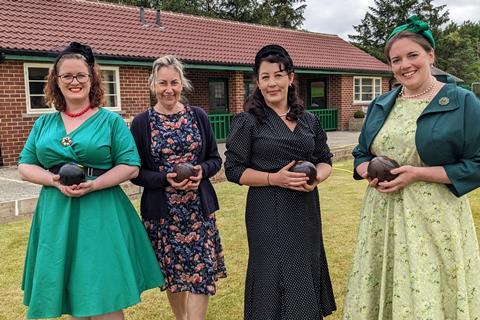
Ray said: “It’s wonderful to be able to share my dad’s story. He was a lovely guy and got on with people very, very well. I’ll be delighted to bring my family and see the exhibit.”
The Remaking Beamish project’s 1950s Town also includes a replica of Leasingthorne Colliery Welfare Hall and Community Centre, Coronation Park and Recreation Ground, Front Street terrace with Elizabeth’s Hairdresser’s, Middleton’s fish and chip shop, John’s Café and a recreation of artist Norman Cornish’s house.
Work is underway on a 1950s cinema, toy shop and electrical shop. The Remaking Beamish project also includes 1950s Spain’s Field Farm, transport developments and will also feature an expansion of The 1820s Landscape, which will include examples of early industry, a Drovers’ Tavern and self-catering accommodation.
Rhiannon Hiles, Beamish’s chief executive, said: “We’re thrilled to have opened these wonderful exhibits in our 1950s Town.
“It has been such an honour for the museum to work with families and communities to share these important stories of life in the region and preserve this heritage for future generations.”
For more information go to www.beamish.org.uk.

